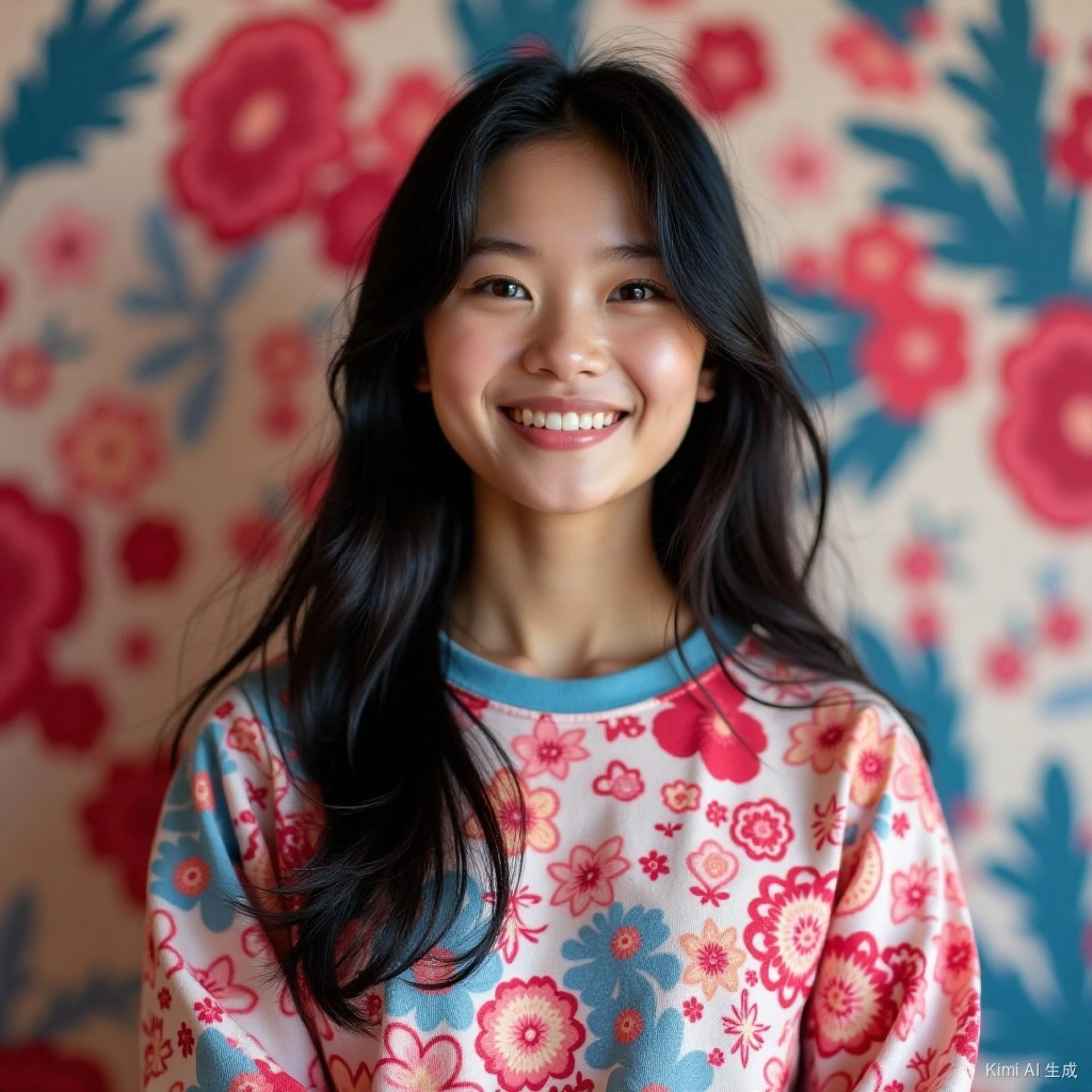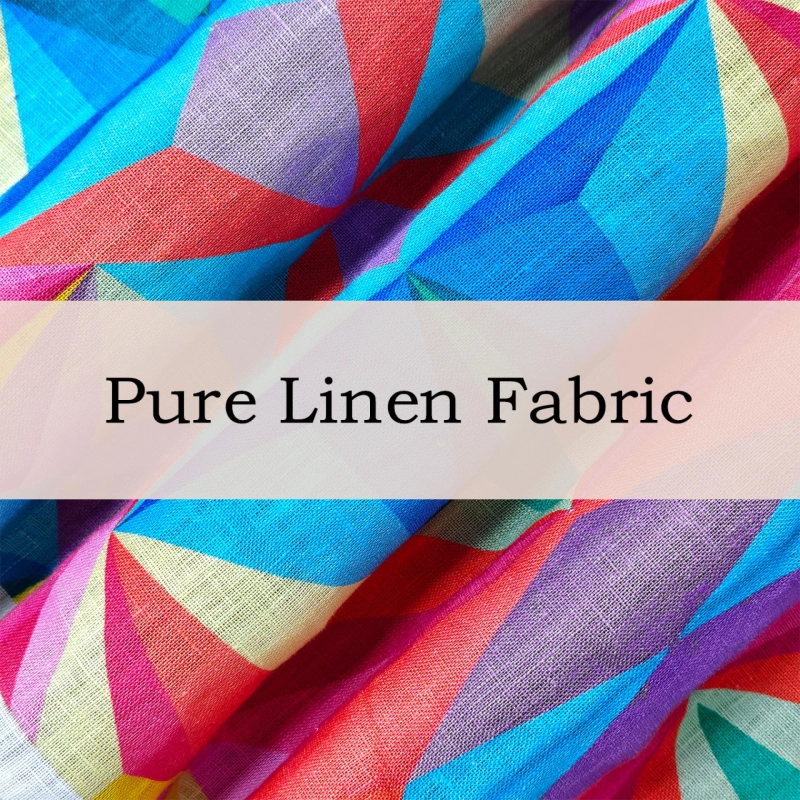In an era where sustainability is becoming more than a buzzword, the spotlight has shifted to fabrics that speak to both the environment and the senses. Among these, linen—a material rooted in centuries of human craftsmanship—is undergoing a quiet renaissance. But this time, it’s not just about its earthy texture or breathable charm. It’s about how it’s being transformed. Printing on linen has become a bold new medium for designers, artists, and textile innovators, quietly shaping a new frontier in fabric design.
A Material with Memory
Linen has always held a certain quiet authority. Derived from the flax plant, it's one of the oldest textiles known to civilization—resilient, durable, yet refined in its raw honesty. But unlike cotton or synthetics, linen holds memory. Each wrinkle tells a story, and its ability to absorb ink and pigment offers a tactile richness unmatched by smoother materials.
This very texture, once considered a limitation for high-detail printing, is now being embraced as a feature. Where pixel-perfect precision was once the holy grail, many contemporary creators are choosing linen fabric printing because of the unique interaction between ink and fiber. The result is not flat perfection, but character—something with soul.
The Technical Turn
Technological advancements have unlocked the full potential of printing on linen. Where earlier methods struggled with ink absorption and edge clarity, modern pigment-based inks and pre-treatment solutions now offer vibrant, long-lasting results without compromising the fabric’s natural qualities. Digital printing techniques, in particular, allow for complex imagery, custom patterns, and limited-edition runs with minimal waste—aligning with both creative freedom and environmental consciousness.
Of course, challenges remain. Linen’s absorbency and irregular weave mean it requires a different approach than smoother substrates. Successful printed linen fabric results from a carefully calibrated combination of pre-treatment, pressure, heat, and printer settings. This technical nuance is where innovation thrives—and where expertise becomes irreplaceable.
From Artisan Studios to Boutique Brands
What’s driving this movement isn’t just technology, but a growing demand for authenticity and originality. Small-batch textile studios, independent fashion labels, and eco-conscious interior designers are embracing linen as both a canvas and a message. It speaks of restraint and care, of values beyond mass production.
In a world overrun by homogenous prints and synthetic feel, printed linen stands out—not because it shouts, but because it whispers something different. It brings depth to a garment or decor piece. It rewards touch. And most importantly, it tells a story.
Companies like Prinstitch are capitalizing on this intersection of craftsmanship and innovation. By focusing on high-quality fabric sourcing and precision printing methods tailored specifically to natural textiles, they are helping redefine what’s possible in linen-based design. These are not just production houses—they're collaborators in the creative process, offering both the tools and the insight that help bring visions to life.
Designing for the Senses
One reason the resurgence in linen fabric printing feels so timely is that design is no longer just visual. It’s sensorial. Whether in fashion, home interiors, or branded merchandise, the materials we choose need to feel right—not just look good on a screen. Linen’s irregularities become part of the experience. The gentle fade of a print over time is not a flaw, but part of its evolving beauty.
Designers are tapping into this sensory depth in surprising ways: linen wall hangings with abstract prints that change subtly under different lighting; clothing lines that combine muted, nature-inspired prints with the tactile honesty of raw flax; even restaurant menus printed on linen for a textured, elegant touch.
The Future is Slow—and Textured
If there's a broader cultural movement underpinning the rise of printed linen fabric, it’s the return to slow design. This doesn’t mean nostalgia or regress—it means intentionality. Choosing materials that age gracefully. Creating prints that don’t overwhelm but invite curiosity. And most of all, using technology not to erase the hand of the maker, but to enhance it.
As textile design continues to evolve, linen is no longer relegated to rustic nostalgia or luxury minimalism. It’s becoming something more expansive: a space for experimentation, a meeting ground of craft and code, and a medium that bridges the gap between the natural and the modern.
And as more artists and makers explore printing on linen, we can expect this fabric—ancient, imperfect, and quietly revolutionary—to keep surprising us.


